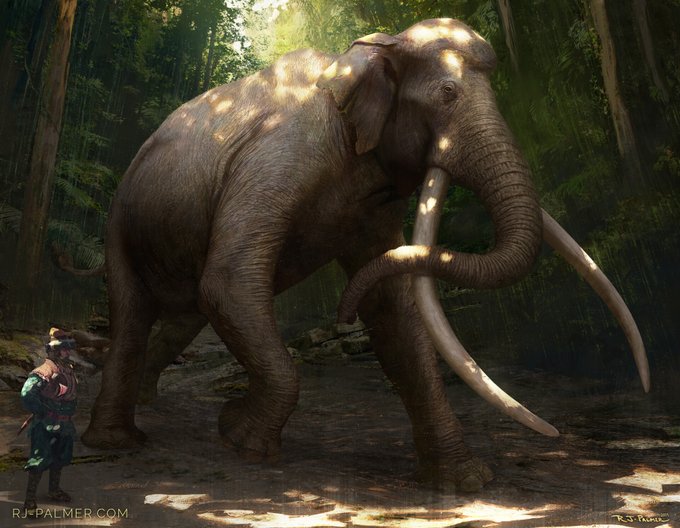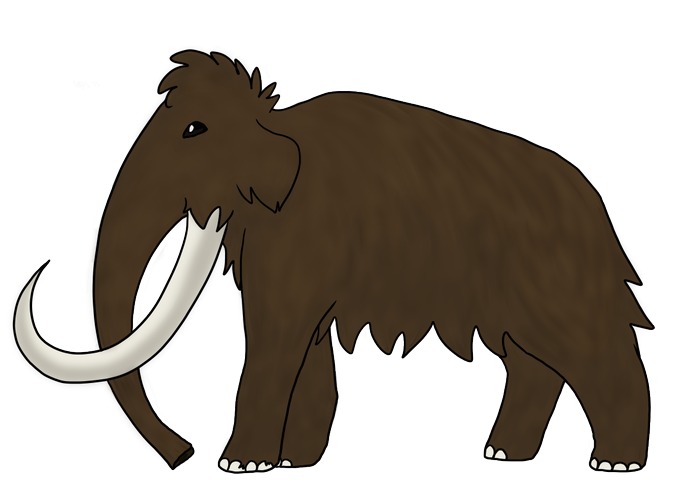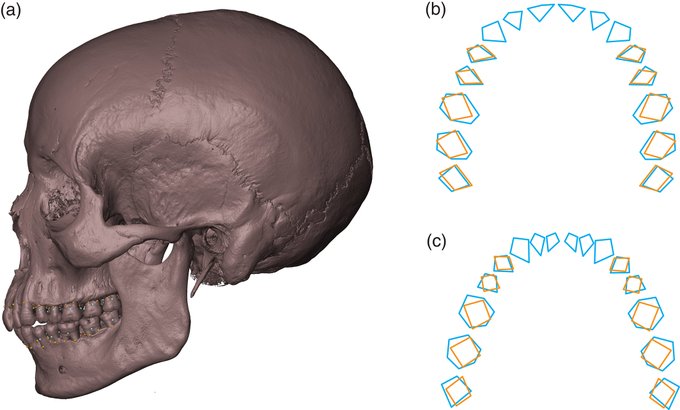pleistoceneのTwitterイラスト検索結果。 173 件中 7ページ目
Fun False Killer Whale fact (because they’re trending)
The species was first described by Richard Owen in 1846 based on Pleistocene skull fossil. The species was thought to be extinct until one washed up in Denmark 15 years later.
That’s like finding a surviving woolly mammoth.
Last art of the year: the newest additions to my extremely slow-paced personal project on prehistoric rhinos.
Stephanorhinus was closely related to woolly & Sumatran rhinos. The two Late Pleistocene species mostly lived in temperate forests & grasslands.
"Australia’s prehistoric ‘swamp king’: revision of the Plio-Pleistocene crocodylian genus Pallimnarchus de Vis, 1886", new paper by J. Ristevski (@joristevs) et al. in @thePeerJ describing the new crocodyloid genus #Paludirex:
https://t.co/wXgsDBgjti
Tectonic Evolution in the early to Middle Pleistocene off the east coast of the Boso Peninsula, Japan…read free for a limited time on the Lyell Collection: https://t.co/p5B09ejtSK
#Geoscience #Tectonic
Camels originated in N America, spreading westwards over Beringia into Eurasia. Most camel diversity remained in N America, though most species went extinct in the Pleistocene. The last survivor in N America, camelops hesternus, was killed off by Amerindians by 9000 BC.
Insular fauna appreciation time! Often overlooked, the Mediterranean islands once had an amazing diversity. One of the most numerous groups were otters, or water sosigs, with no less than 7 species during the Pleistocene 😱🦦🦦🦦 #paleoart #paleontology
Palaeoloxodon namadicus, named by Falconer and Cautley, 1846. Or Asian straight-tusked elephant from India (where it was first discovered) to Japan. It also lived in Sri Lanka. Pleistocene epoch (extinct 24,000 years ago) and was 22-24 tons and an imposing (17-16 feet)
An Equus scotti for your afternoon! This was a species of horse native to the southwest united States during the end of the Pleistocene
@/triceratopsian really helped me out with the patterning and anatomy, thank you so much!
Nuralagus rex was a giant rabbit that lived on Minorca until the Pliocene. After Minorca briefly connected with Majorca, Nuralagus is replaced by Myotragus in Pleistocene & Holocene deposits, suggesting the caprine might have outcompeted the leporid.
Art by Ceri Thomas.
I've been reading 'The Missing Lynx' by @DeepFriedDNA which is incredibly fascinating (and a joy to read). It has inspired me to illustrate some pleistocene megafauna. So, hereby, some woolly mammoths😊! #shiftingbackthebaselines #kidlitart #mammoth #cute #digitalart
My final for Ursus spelaeus (#CaveBear), with cub!
#Pleistocene #iceage #bear #mammal #paleo #paleoart #paleoartprocess #sciart #science #digitalart #digitalillustration #illustration #illustrationart #art #artist #educational #naturalhistory #prehistoric #artistsontwitter
Sicilian dwarf elephant (Palaeoloxodon falconeri), a proboscidean from Pleistocene Sicily that reached 1.3 meters in height. #paleoart #elephants
This #xatw is the Smilodon! A group of Pleistocene big cats with long fangs that reached to 18 cm, also known as the saber-toothed tiger. This cat is found mostly in North America, though fossilized remains have been found as far as South America. The Smilodon weights about-
Good evening everyone! Tonight’s prehistoric mammal of the day is the Giant tapir! The giant tapir was a tapir that lived during the Pleistocene in North America. It grew to 7 ft in length. See you explorers tomorrow!🤠
Credit: Dmitry Bogdanov
Measuring the Skull of the Cave Bear J. Wilfred Jackson measuring the skull of a cave bear in 1937. https://t.co/e2EAZiRiKb #art #print #bear #paleontology #Archaeology #skull #bone #Science #cavebear #Pleistocene
This #xatw is the woolly mammoth! Probably the most famous Pleistocene (The Last Ice Age) animal. Come join this thread to learn more about the woolly mammoth!
Good evening everyone! Tonight’s prehistoric mammal of the day is the chalicothere! Chalicotheres lived during the Pleistocene. They grew to 8.5 feet tall. They have been found in North America, Eurasia, and Africa. See you explorers tomorrow!🤠
Credit: Dmitry Bogdanov
Morphological trends in arcade shape and size in Middle Pleistocene Homo https://t.co/plXWWrZynF
It's #WorldTurtleDay2020 so it seems like as good a time as any to dig out this extremely goofy illustration of mine of the meiolaniid turtle Ninjemys, the official Ninja Turtle of the Pleistocene.
On this day, 6 years ago, @justrena, @DeepFriedDNA and myself started a little blog focusing on Pleistocene animals.
We called it @TwilightBeasts. Here is our very first post! (Art @TabithaPaterson)
https://t.co/xF1u60bzAg












































